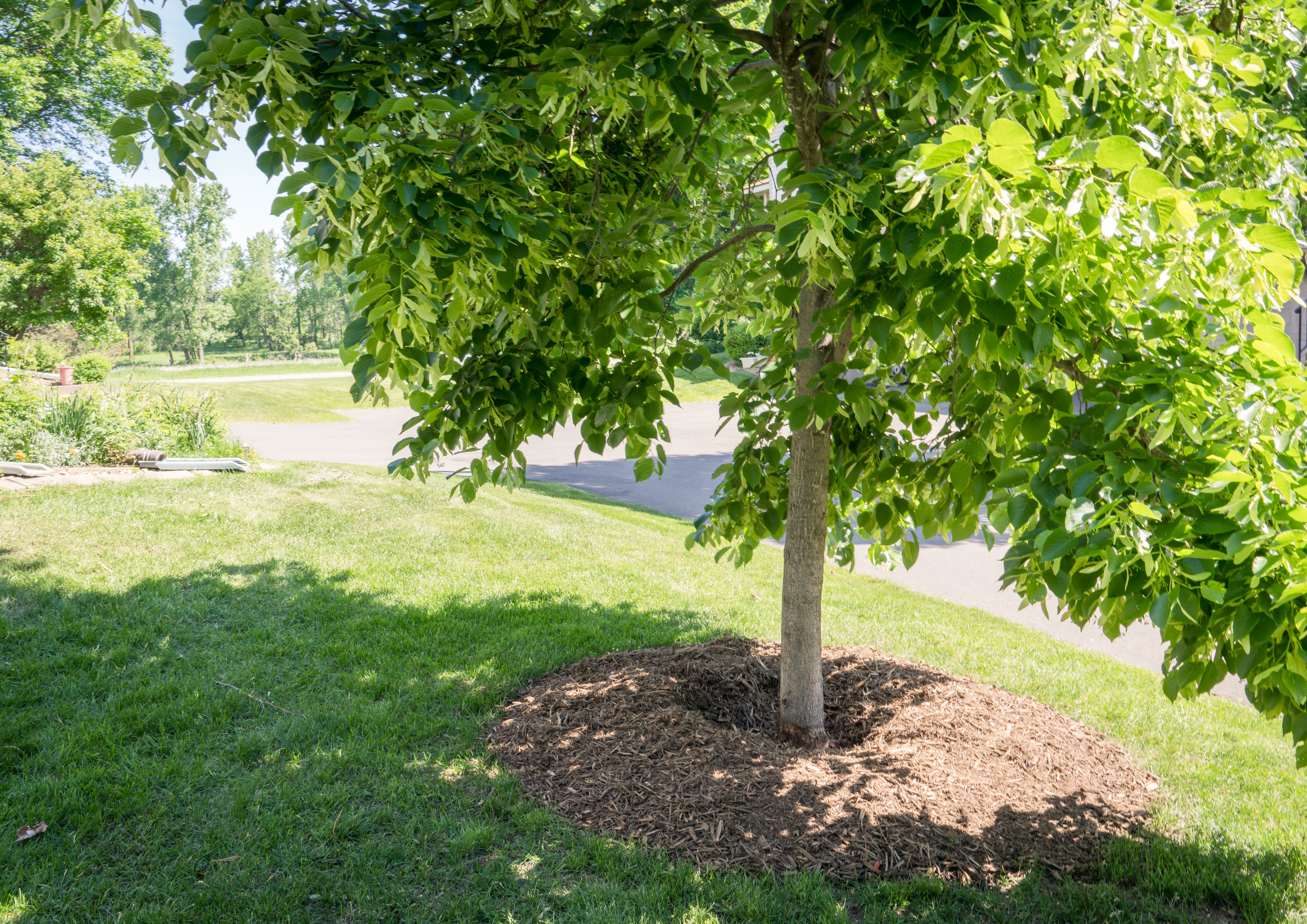3 Simple Preventative Plant Healthcare Practices to Keep Your Trees Healthy Year-Round
As the growing season ends, don’t neglect these 3 simple, proactive plant healthcare practices. Proper mulching to protect roots, soil testing to prevent over-fertilization, and root collar excavation to expose buried root flares and reduce pest risks and girdling roots. This blog will cover these simple, cost-effective practices that will keep your trees healthy year-round.

You’ve made it through the bulk of this year’s growing season, and maybe you’re beginning to breathe a sigh of relief. After all, the trees and shrubs under your care look pretty good, they are healthy, pest free and ready to show off their vibrant fall colors. Park visitors are happy and have enjoyed another great summer. Well, go ahead and breathe that sigh of relief, but don’t think that your job is done just yet.
Most of us manage tree and shrub issues reactively. In other words, we wait until we see something wrong to assess the health of our plants, versus proactively evaluating and mitigating issues before they reach a damaging threshold. If trends in human healthcare have taught us anything, it’s that preventative healthcare is critical to maintaining an active and healthy lifestyle. The same is true in the world of plants. By taking the time to focus on cultural (or “preventative”) practices, we can likely reduce the instances of future biotic (pest, disease, etc.) attacks on our landscape plantings. So, as you sit back and enjoy the cooler days and changing fall leaf colors, consider these 3 proactive cultural practices to maintain the health of your trees and shrubs.
Proper Mulching
Mulch is an incredible tool we have at our disposal. It looks good and improve the aesthetics of our landscapes. Mulching also has a number of other benefits including:
- Suppresses weeds.
- Helps regulate temperature and moisture loss of the soil.
- Keeps mechanical tools like lawnmowers and weedwhackers away from the root flares of trees, reducing the instances of mechanical damage.
- Increases the root mass of plants and plant vigor when compared to trees planted in turf.
However, while mulch is a great tool, when used incorrectly it can have plenty of negative effects as well, so be sure to mulch to the proper depth as well as keeping the base or root flare of plants free of mulch and soil.
The F Word
No, not the queen mother of all swear words…I’m talking about fertilizer. Its overuse and thoughtless application run rampant, but it doesn’t have to be this way. Most of the time, soil nutrients are right where they need to be with maybe a slight deficiency in an element or two, but it can be hard to tell by just looking at the soil or the plant. This is why soil sampling is so important. By taking a soil sample and getting it analyzed by a lab, you are given a snapshot of everything that the plant has available or not to it. Occasionally, the answer is as simple as adjusting the pH or adding organic matter, but without a proper soil analysis this is tricky to determine. I encourage you to sample the next time you’re tempted to broadcast fertilizer and utilize the results of that test to determine what to apply. In most cases, I bet you’d even begin to save money as well as start seeing better results from your fertilizer applications!
Root Collar Excavation
As eluded earlier, a buried root flare is a sad root flare. In an ideal world, when trees were planted there would be a higher emphasis on keeping the flare above the soil line, but unfortunately all too many trees are found with their root flare buried. The flare is a critical part of the tree, where the trunk meets the soil, and when one is buried, it increases the likelihood of both pest and pathogen attack in that area, as well as increases the likelihood of stem girdling roots going undetected. Stem girdling roots are roots that grow around the base of the plant as opposed to out and away from the plant. If left unchecked, they can continue to grow and circle the plant, effectively choking part or all of it. By exposing the root flare, we can identify and take steps to remove this threat, as well as continue monitoring to ensure no new ones grow.
One thing you’ll notice about the above is there is no need for special or costly equipment. With just a few basic tools you can do all of these with relative ease, and your public trees will thank you for it and so will your park visitors. So, get out there and start your trees preventative healthcare program today!
